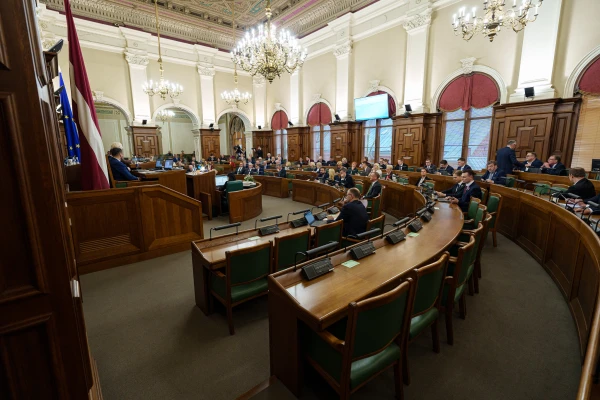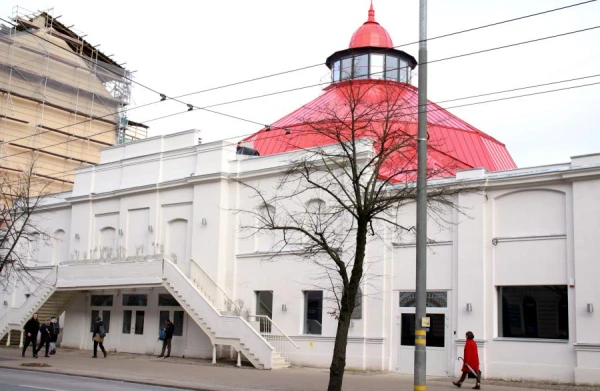
Several ministries and security services have been tasked with preparing a conclusion by the end of the year on how the dismantling of railway tracks at the border with Russia would affect Latvia, reports TV3.
TV3 has learned that the possibility of cutting railway lines in the direction of Russia was discussed at closed meetings in Latvia. According to Latvian and foreign military analysts, the existence of this connection poses a direct risk to security. In an interview with the television channel, representatives of the National Armed Forces (NAF) made it clear that the railway tracks and embankments at the border with Russia need to be eliminated — the sooner, the better.
The total length of railway tracks in Latvia is about 1800 kilometers. They have a width of 1520 mm, which is used in Eastern Europe and Russia. At the same time, the company Latvijas dzelzceļš (LDz) still uses communication equipment and software developed in Russia and Belarus. With their help, Russia can track which trains are on the territory of Latvia. In addition, cargo that continues to arrive from the east via Russia is serviced through communication with Russian Railways.
A survey of military and economic analysts showed that they consider the existing railway connections with Russia a security threat. Therefore, in their opinion, there should be no delay in dismantling the tracks.
Minister of Transport Aitis Švinka notes that the situation needs to be carefully assessed, as dismantling the tracks in the direction of Russia would completely halt the transit business in Latvia, including cargo from Asia.
In response, LDz stated that the company cannot independently decide on the dismantling of the tracks, as it is fulfilling a state order, and such decisions are made by the government and the Saeima. Dismantling the rails would mean a complete cessation of freight traffic not only with Russia and Belarus but also with Central Asian countries. This would significantly reduce the volume of cargo and increase state expenses for maintaining railway infrastructure, as well as cause losses to ports, entrepreneurs, and the economy of Latvia as a whole.
The Ministry of Defense noted in a comment that the NAF has plans for counter-mobility, which define actions in the event of a military threat. These plans are being developed in cooperation with LDz. Representatives of the Ministry of Defense cannot say whether dismantling the tracks would strengthen security at this time — the information is classified.
As reported by TV3, the Prime Minister's advisor on national security, Airis Rikveilis, stated that the government is aware of the NAF's proposal to study the "pros and cons" of blocking and/or dismantling certain sections of the tracks at the border with Russia and Belarus. The issue was discussed in a closed part of the meeting, so details cannot be disclosed yet.
For reference: to the east, in the direction of the Russian border, there are two railway corridors: the line "Rēzekne II – Zilupe – state border," continuing towards Pytalovo and Moscow, and the line "Rēzekne II – Kārsava – state border," connecting Latgale with the direction towards Pskov.
Railway communication with Belarus is provided by the line "Daugavpils – Indra – state border" in the direction of Polotsk.
In addition, on the section "Kārsava – state border," the tracks towards Pytalovo run for several kilometers almost parallel to the border. This is one of the most strategically sensitive railway sections in the region, notes TV3.












